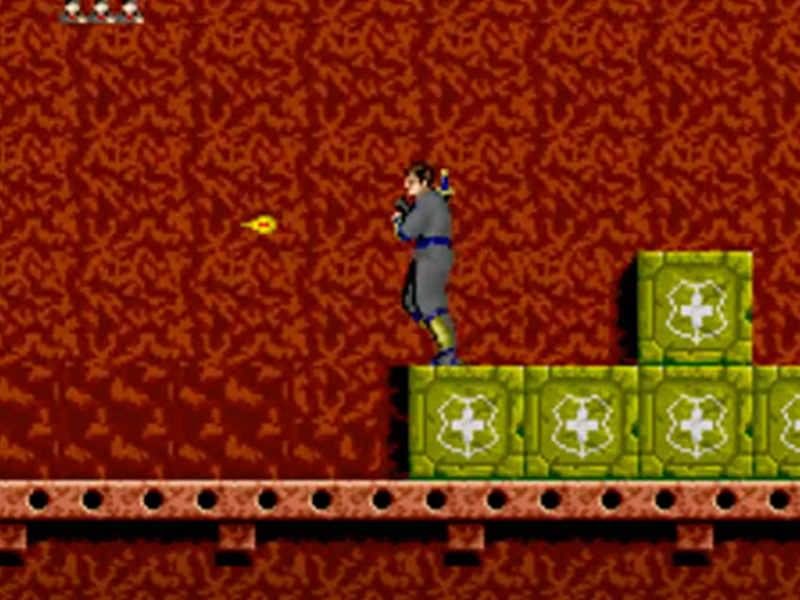The Shinobi franchise, a beloved series in the world of video gaming, has captivated players with its blend of action, stealth, and ninja lore since its inception. Created by SEGA, the series has evolved over the decades, leaving an indelible mark on the gaming industry. Here, we take a look back at the storied history of this iconic franchise.
The Birth of a Ninja Legend
The Shinobi series debuted in 1987 with the release of its first arcade game. Developed by SEGA, the original Shinobi introduced players to Joe Musashi, a master ninja on a mission to rescue kidnapped children from the nefarious Zeed crime syndicate. The game’s side-scrolling action, coupled with its challenging gameplay and distinctive shuriken-throwing mechanics, quickly made it a hit in arcades worldwide.
Expanding the Legacy
Building on the success of the arcade version, SEGA released The Revenge of Shinobi for the Sega Genesis (Mega Drive) in 1989. This sequel brought significant enhancements, including improved graphics, a compelling storyline, and a memorable soundtrack composed by Yuzo Koshiro. The Revenge of Shinobi expanded Joe Musashi’s quest for justice, pitting him against a variety of formidable foes and intricate levels.
The early ’90s saw the release of several other Shinobi titles, including Shinobi III: Return of the Ninja Master, which is often hailed as one of the best entries in the series. Released in 1993, the game featured refined controls, fluid animations, and a greater emphasis on fast-paced combat and acrobatics, solidifying the franchise’s reputation for excellence.
Transition to 3D
As the gaming industry transitioned to 3D graphics, so did the Shinobi series. In 2002, SEGA released Shinobi for the PlayStation 2, a reimagining of the classic franchise. This iteration introduced a new protagonist, Hotsuma, and incorporated a dynamic 3D combat system. While the game received mixed reviews for its difficulty, it was praised for its stylish presentation and adherence to the core elements that made Shinobi popular.
Following this, Nightshade (known as Kunoichi in Japan) was released in 2003 as a direct sequel to the 2002 Shinobi. Featuring a female protagonist, Hibana, the game offered similar gameplay mechanics but with additional features and improved visuals.
Modern Revivals and Legacy
The Shinobi franchise experienced a resurgence in the 2010s with the release of Shinobi for the Nintendo 3DS in 2011. Developed by Griptonite Games, this installment aimed to bring back the series’ classic 2D gameplay while incorporating modern elements. It served as both a nostalgic return and a fresh experience for new players.
In recent years, the Shinobi series has continued to enjoy a dedicated fanbase, with many hoping for a new mainline entry. The franchise’s influence can be seen in various other games that draw inspiration from its mechanics and style. SEGA’s consistent celebration of Shinobi through re-releases and compilations has kept the legacy of Joe Musashi and his successors alive.
Cultural Impact
Beyond its gameplay, the Shinobi series has left a lasting cultural impact. The character of Joe Musashi has become an iconic figure in gaming, representing the archetype of the ninja hero. The franchise’s music, particularly the compositions of Yuzo Koshiro, remains highly regarded and often performed in video game concerts.
The enduring appeal of the Shinobi series lies in its successful blend of challenging gameplay, engaging storylines, and atmospheric presentation. It has inspired countless players and developers, cementing its place in the pantheon of classic video game franchises.
As the gaming world continues to evolve, the legacy of Shinobi stands as a testament to the enduring power of a well-crafted action-adventure series. Fans old and new await the next chapter in the saga, hopeful that the spirit of the ninja will once again rise in the world of gaming.

